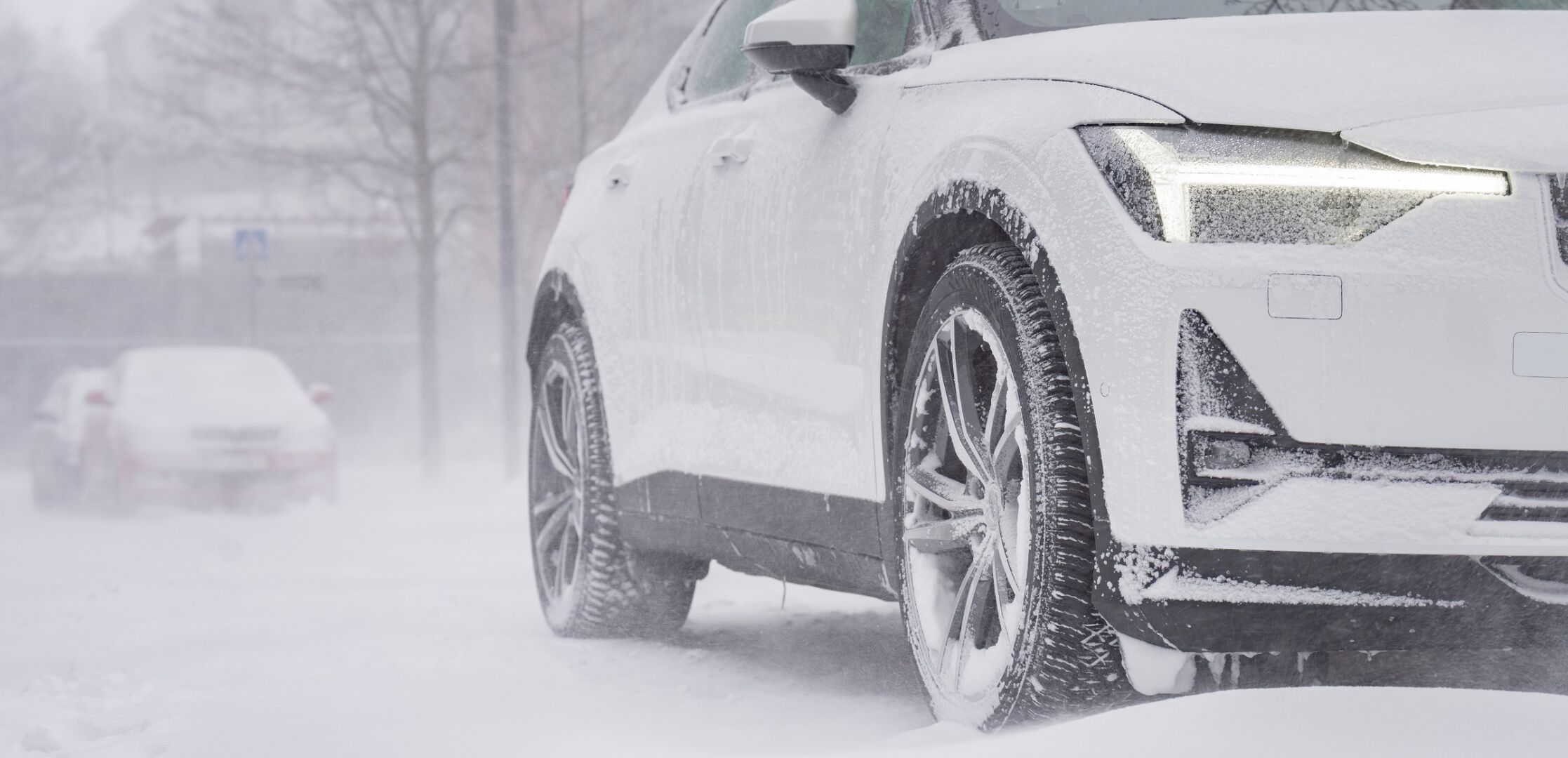
When you install new tires, they require a short break-in period to achieve optimal performance and safety. Read more about breaking in new tires to achieve their best performance and safety on the road.
New tires are similar to a new pair of high-performance shoes—they take a little time to feel completely right. During the first few hundred miles, your tires are settling in. It's important to understand this break-in process because it can impact your overall road safety.
What does breaking in tires mean
Generally, breaking in new tires takes about 300–500 miles (roughly 500–800 kilometers) of careful driving—equivalent to just more than a tank of gas. The goal of this process is to allow the tire components to settle in effectively for optimum traction and reliability. Although brand-new tires have maximum tread depth, they may initially seem less responsive until they have been properly broken in. For instance, new tires may exhibit a slight “tread squirm” as you steer. This temporary adjustment is normal and will subside after the first few hundred miles.
One factor contributing to the initial feel of new tires is the release lubricant applied during the tire manufacturing process. This lubricant prevents the tires from sticking to their molds but leaves a thin film on the tire surface that reduces traction until it wears off. Approximately 300 miles (around 480 kilometers) of gentle acceleration, cornering, and braking will remove this lubricant, allowing all tire components to work together seamlessly. Additionally, new tires may retain antioxidants used to protect the freshly manufactured materials—both elements gradually wear off as you break in new tires.
It’s especially important to break in studded tires. Ensuring that the studs are well established within the tire during the break-in period solidifies their position in the tire, and helps maintain their stability and reliability over the tire’s lifetime.

How to break in new tires
It takes time for new tires to reach their maximum performance. Here are some expert tips you can follow when breaking in new tires:
-- Avoid sudden braking and acceleration. New tires do not yet offer optimal traction. During the break-in period, avoid rapid acceleration or harsh braking and maintain a safe distance from the vehicle in front of you while your new tires adjust.
-- Pay attention to your driving speed. While safe driving is key at all times, be especially mindful of your speed while breaking in new tires.
-- Check your tire pressure. Maintaining the correct tire pressure is essential for safety and performance. Regularly monitor and adjust your tire pressure as needed during their break-in phase to prolong the service life of your tires.
-- Retorque lug nuts. After installing new tires, confirm that your lug nuts remain secure. Check and retorque them after about 30–60 miles (or 50–100 kilometers) of driving to ensure they haven’t loosened as the tires settle.
Are you in need of new tires?
Nokian Tyres products are sold in tire shops across North America. If you're in need of new tires, enter your postal code into our dealer locator and find a tire shop near you:
Please remember that it is the driver’s responsibility to ensure their tires are safe and suitable for their vehicle and to follow the vehicle’s manufacturer´s guidelines for proper use and maintenance. Consult your closest Nokian Tyres dealer or your vehicle’s manufacturer for specific advice.


